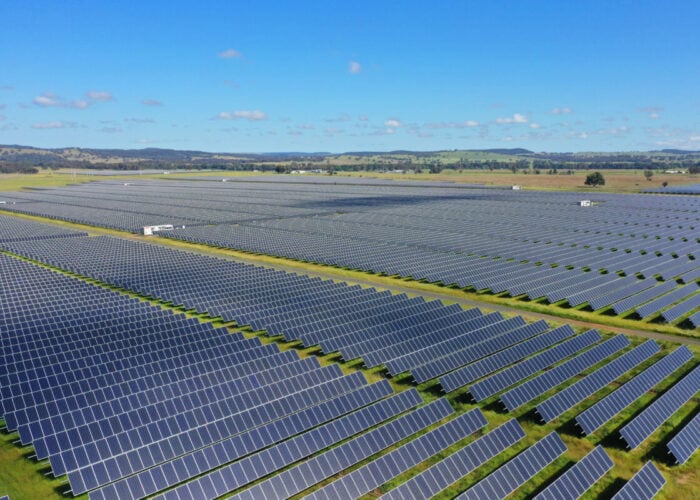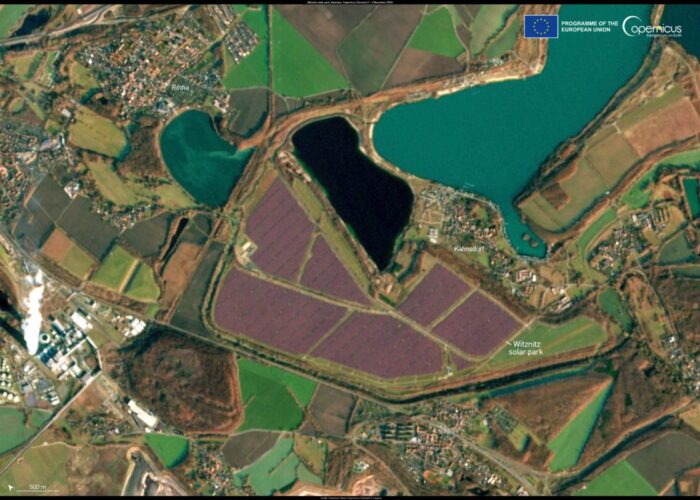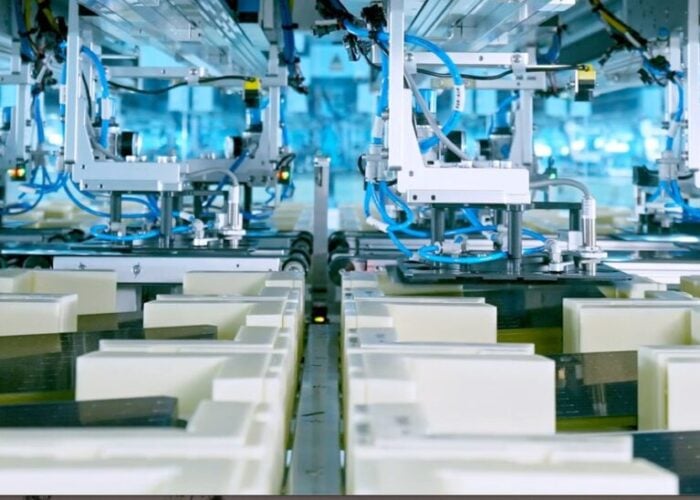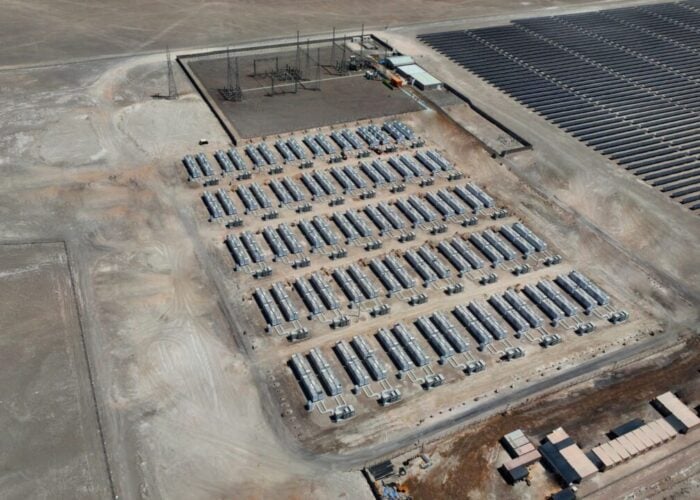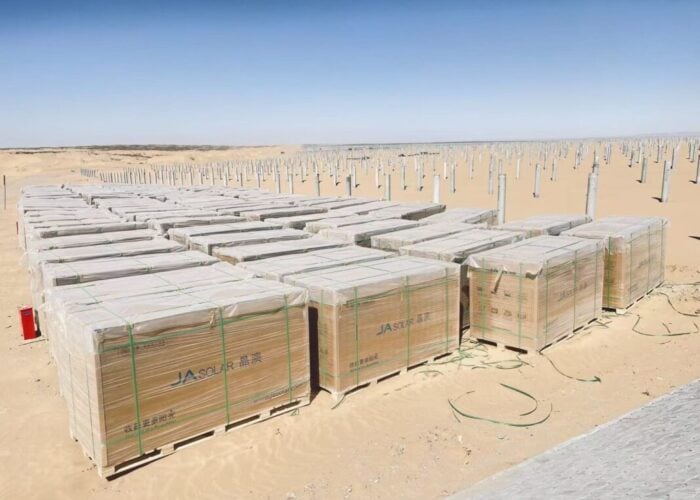2BG S.r.l. is introducing a new technology in order to completely remove the use of silver paste from crystalline silicon solar cells backside, with the result of improved cell efficiency and a significant reduction in production cost. The research project started in 2010 through the collaboration with Rise Technology Srl, Italian company founded by researchers of La Sapienza University, Rome.
Problem
Unlock unlimited access for 12 whole months of distinctive global analysis
Photovoltaics International is now included.
- Regular insight and analysis of the industry’s biggest developments
- In-depth interviews with the industry’s leading figures
- Unlimited digital access to the PV Tech Power journal catalogue
- Unlimited digital access to the Photovoltaics International journal catalogue
- Access to more than 1,000 technical papers
- Discounts on Solar Media’s portfolio of events, in-person and virtual
Or continue reading this article for free
All the main players of the PV market are focusing on increasing solar cell efficiency by combining a significant reduction of the production cost. Although the industry has focused on silver paste consumption issues, enabling a host of new formulations entering the market that reduce usage, while improving cell efficiencies, the key next generation step is to eliminate the use altogether. Backside copper plating is seen as a key future technology.
Solution
A ‘Selective Plating, process has been developed by 2BG that makes it possible to deposit directly aluminium the copper and tin instead of silver pastes, achieving a claimed saving up to €0.6 cents/wafer with an efficiency increasing up to 0,2%; the data is referred to cells with 6” dimensions. Selective Plating also allows an adherence level, 4 times higher than standard silver paste. This technology is claimed to allow a return of investments in less than 1-year and gives the opportunity to use it in working plants, without changing standard production processes.
Applications
All crystalline cell manufacturing lines, also already operative without relevant modifications on standard production processes.
Platform
Any further information will be disclosed directly with the interested Parties.
Availability
From October 2012 onwards.

